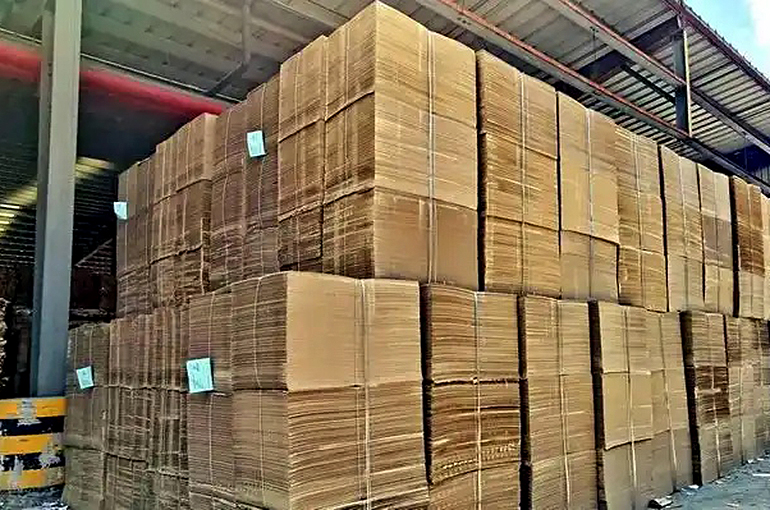Select Language:
China has now mandatory requirements for importers of recycled paper pulp to specify whether the materials were produced using a dry or wet method. This policy aims to prevent the entry of disguised foreign waste that can cause severe environmental and health issues within the country.
Effective immediately, importers or their representatives are required to declare the production method—dry or wet—of the recycled pulp in the remarks section of customs declaration forms. This new regulation is designed to standardize declaration procedures and enhance oversight of these imports.
Traditional waste paper pulp production involves multiple purification steps, such as removing impurities and screening waste paper in liquid form, followed by concentration, steam treatment, and high-temperature drying to create pulp, according to a professor at Beijing Forestry University’s College of Material Science and Technology.
Pulp produced through these standard processes contains over 91.5% fiber and minimal impurities, with the sterilization effect of high-temperature drying ensuring compliance with health standards.
In contrast, the dry-milled process involves crushing waste paper into pieces using a shredder and then packing it for shipment, skipping about 95% of Purification procedures. This method often results in waste containing plastic fragments and toxic heavy metals, effectively hiding “foreign garbage” as recycled pulp—a practice that introduces serious environmental and health risks.
Experts emphasize that the dry method essentially parcels out solid waste from abroad as recycled pulp, which can pose significant ecological hazards. Inspections of imported recycled pulp have been insufficient, allowing dry-milled pulp to frequently clear customs under the guise of legitimate recycled material.
Recent years have seen numerous seizures and rejections of solid waste imported as recycled pulp by Chinese customs agencies.
The new label designating dry method production signals a high-risk classification and is expected to reduce the importation of dry-milled pulp in the near term. However, the long-term success hinges on strict enforcement of the regulations and the implementation of additional supportive measures.
Businesses dependent on low-cost dry-milled pulp may face increased raw material costs and production challenges once these rules are enforced, prompting them to seek alternative materials or improve their manufacturing processes.





